|
“To articulate the past historically does not mean to recognize it ‘the way it really was’. It means to seize hold of a memory as it flashes up at a moment of danger.”
Walter Benjamin, Theses on the Philosophy of History.
STATEMENT
The thesis builds upon the critique on the status quo of urban redevelopment projects in Hong Kong. In order to remedy the upheaval in social and psychological realms of the collective caused by inevitable demolition, the thesis explores alternative strategies in reconstruction of these urban sites, with decisions on how to preserve, as well as how to rebuild.
WHY
Hong Kong is constantly constructing and demolishing. Many of the urban renewal projects, such as Wan Chai Lee Tung Street (Wedding Card street) faced severe criticism for completely uprooting the original urban configuration and becoming gentrified sites. Tragedies of complete erasure of historical and social customs repeat itself. Such loss in collective memory of the people threaten the identity and uniqueness of the place.
Development is inevitable. Even though the historical-sensitive site must be demolished to make space for new buildings, architects can find ways to partially conserve and reinterpret new ways of architectural expressions that reminiscence the prior place.
Many Tong Lau’s, tenement houses, as well as standard block type public rental housing estates were built soon after WWII. As historical witness of Hong Kong for over half a century, these buildings, the time capsules recording how people used to inhabit, now face the moment of danger. Dilapidated building conditions and dense urban environment bring about the urge for redevelopment to cater the ever-increasing demand for housing and living space. Standing at crossroads, with failed previous attempts in retaining the identity and experience in the older communities, it is the timely moment to rethink on our redevelopment strategies.
WHAT
Using sites facing impending destruction as the ground of study, the project should begin with the investigation on people’s memory and experience of the place. Through unveiling which particular elements, objects, framed views or architectural experience constitute to the memory of the collective, one can decide things to be conserved and reconstructed.
There are two potential sites for further testing, one is Wah Fu Public Rental Housing Estate (commenced to be demolished to increase housing unit supply in year 2014); the other is Tokwawan urban renewal site.
In the first case, Wah Fu Estate was built in 1960s as one of the most significant public housing estate in Hong Kong. Situated on the water edge, Wah Fu is deemed having the best scenic view amongst the public housing estates. It has been the homes of more than 9000 households in the past half century. Other than complete erasure of the original site, preservation of selective elements within new development proposal can retain the identity of place. New development does not merely reduce into tabula rasa, but as a layered site with historical traces alongside the new architecture.
In the second case, Tokwawan renewal project can become the testing ground of preserving post war tenement block whilst redevelopment. The Urban Renewal Authority claimed to use a community-based approach in the redevelopment of the three neighbouring sites. However, what is left unconsidered is the former quality of living and experience of inhabiting the Tong Lau’s. Without retaining certain elements or experience, the identity and memory of the place would just be bygones.
HOW
- Precedent study of redevelopment projects in Hong Kong
- Historical background research/ Site visit of potential sites
- Mapping out the essential elements/ objects/ architectural experience that encapsulate the spirit of the place
- Design on the way of preservation of selected elements
- Reinterpretation and translation of relevant architectural experience into new intervention on site
ANNOTATED BIBLIOGRAPHY/ PRECEDENT
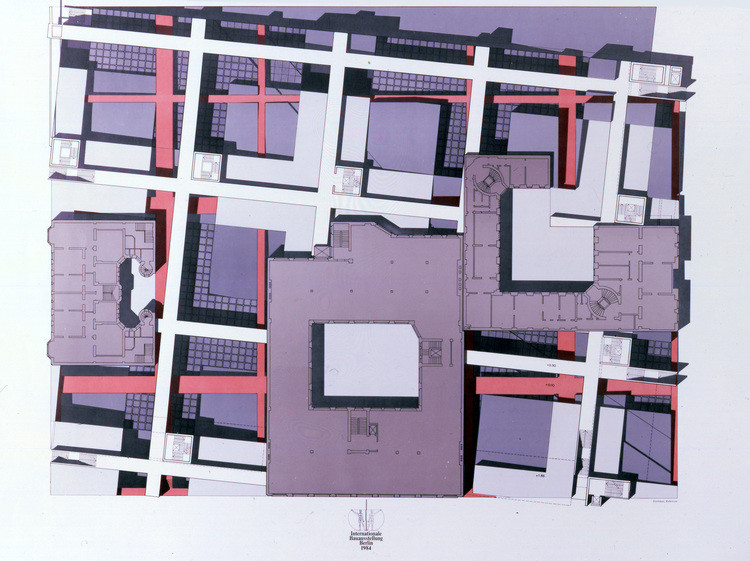 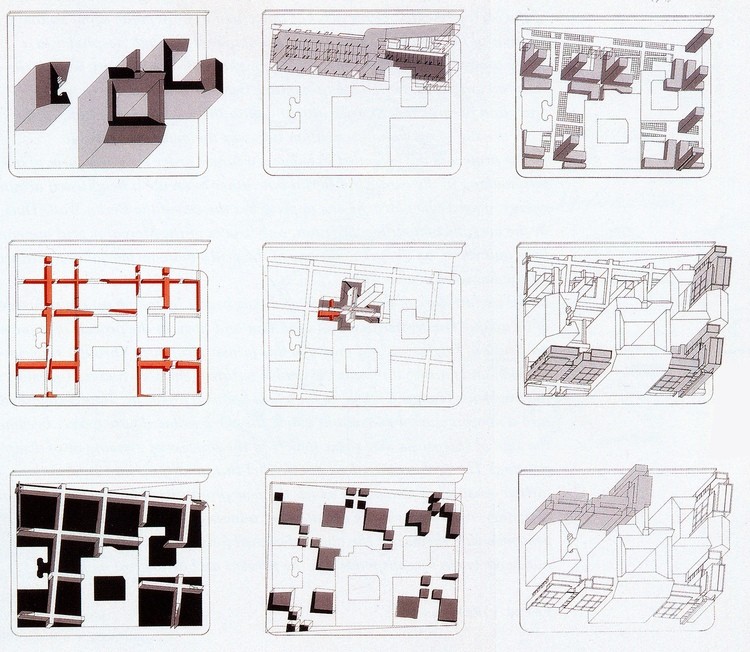
Peter Eisenman, IBA Social Housing Project, 1980
<http://www.eisenmanarchitects.com/iba-social-housing.html#images>
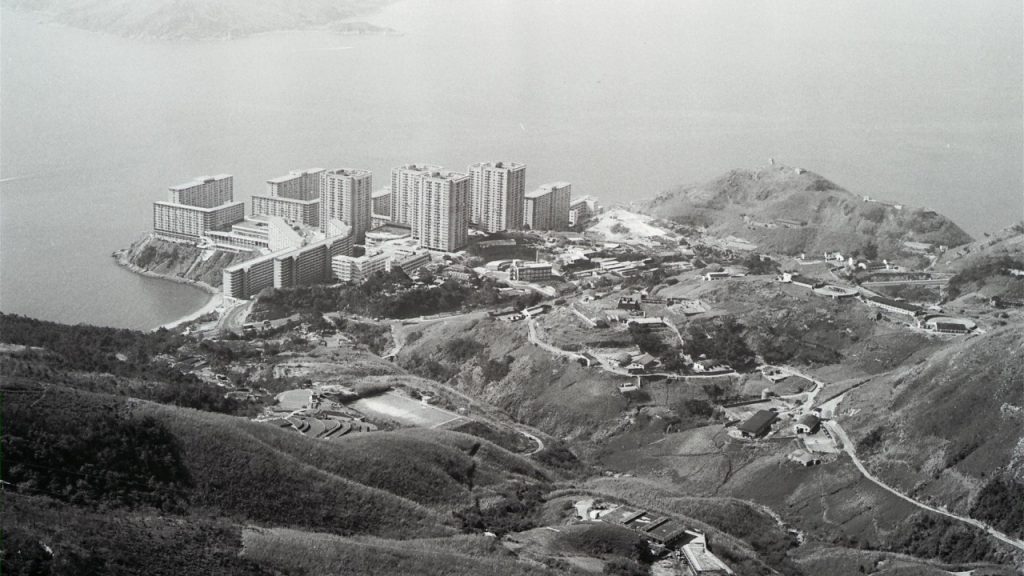 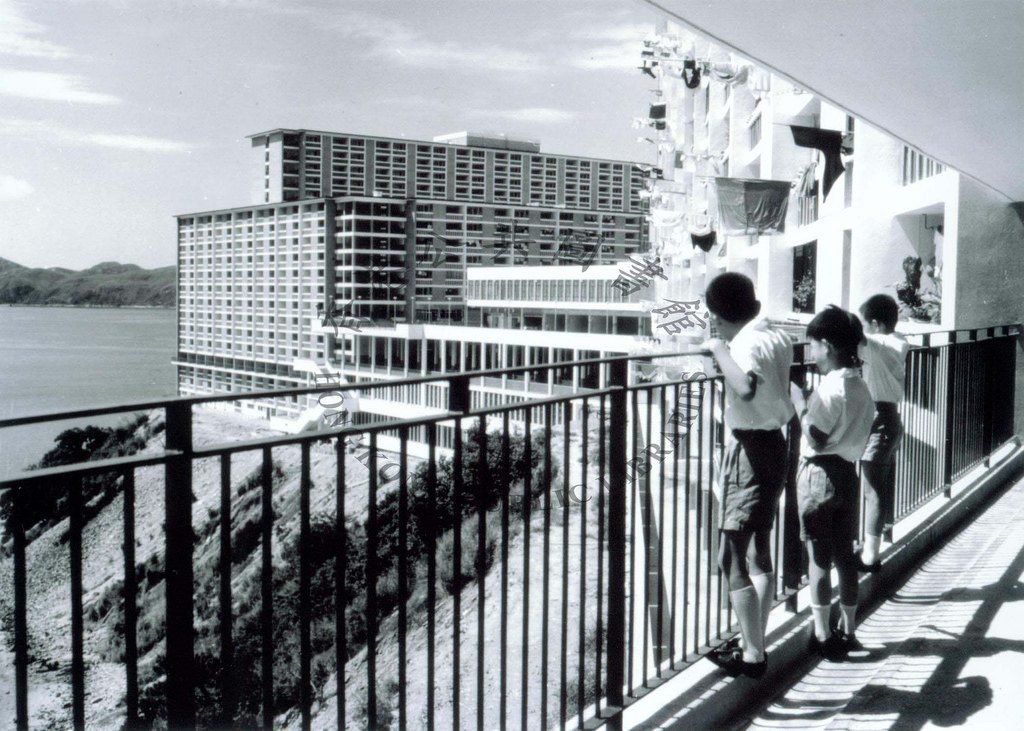
Wah Fu Public Rental Housing Estate
Left: http://www.scmp.com/magazines/post-magazine/article/1507310/once-icon-low-cost-living-wah-fu-estates-redevelopment-looms
Right: http://www.flickriver.com/photos/eat_see/2386229771/
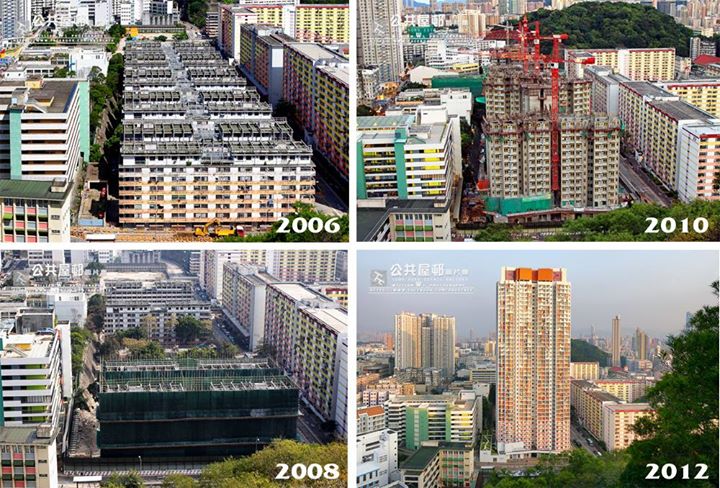
Redevelopment of Shek Kip Mei Resettlement Housing
http://bbs.map.qq.com/thread-6287-1-1.html
REFERENCES
Aldo Rossi. The Architecture of the City. (Padova, 1966)
Michael Hays. Cities of Artificial Excavation: The Work of Peter Eisenman, 1978-1988. (New York: Rizzoli International, 1994)
Abbas Ackbar. Hong Kong: Culture and the Politics of Disappearance. (Minneapolis: University of Minnesota Press, 1997)
Wertsch, James V. Voices of Collective Remembering. (Cambridge: Cambridge University Press, 2002)
Anastasia Savinova, Genius Loci
Lucien Kroll
|